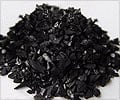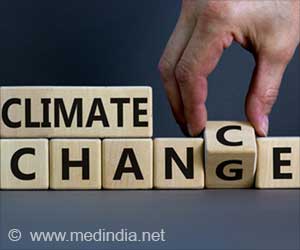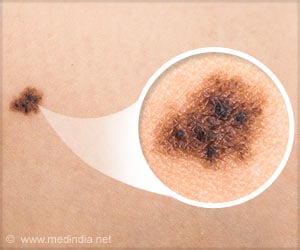New artificial photosynthetic system synthesizes the combination of carbon dioxide and water into acetate, the most common building block for biosynthesis.
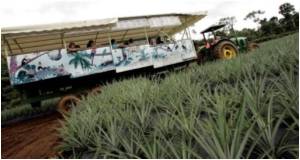
Scientists with the U.S. Department of Energy (DOE)’s Lawrence Berkeley National Laboratory (Berkeley Lab) and the University of California (UC) Berkeley have created a hybrid system of semiconducting nanowires and bacteria that mimics the natural photosynthetic process by which plants use the energy in sunlight to synthesize carbohydrates from carbon dioxide and water.
However, this new artificial photosynthetic system synthesizes the combination of carbon dioxide and water into acetate, the most common building block today for biosynthesis.
By combining biocompatible light-capturing nanowire arrays with select bacterial populations, the new artificial photosynthesis system offered a win/win situation for the environment: solar-powered green chemistry using sequestered carbon dioxide.
A key to the success of their artificial photosynthesis system was the separation of the demanding requirements for light-capture efficiency and catalytic activity that is made possible by the nanowire/bacteria hybrid technology. With this approach, the Berkeley team achieved a solar energy conversion efficiency of up to 0.38% for about 200 hours under simulated sunlight, which was about the same as that of a leaf.
The yields of target chemical molecules produced from the acetate were also encouraging, as high as 26-percent for butanol, a fuel comparable to gasoline, 25-percent for amorphadiene, a precursor to the antimalarial drug artemisinin, and 52% for the renewable and biodegradable plastic PHB. Improved performances are anticipated with further refinements of the technology.
 MEDINDIA
MEDINDIA
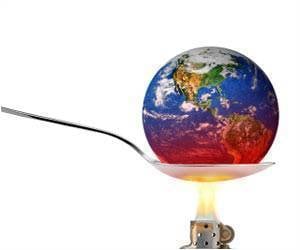



 Email
Email
